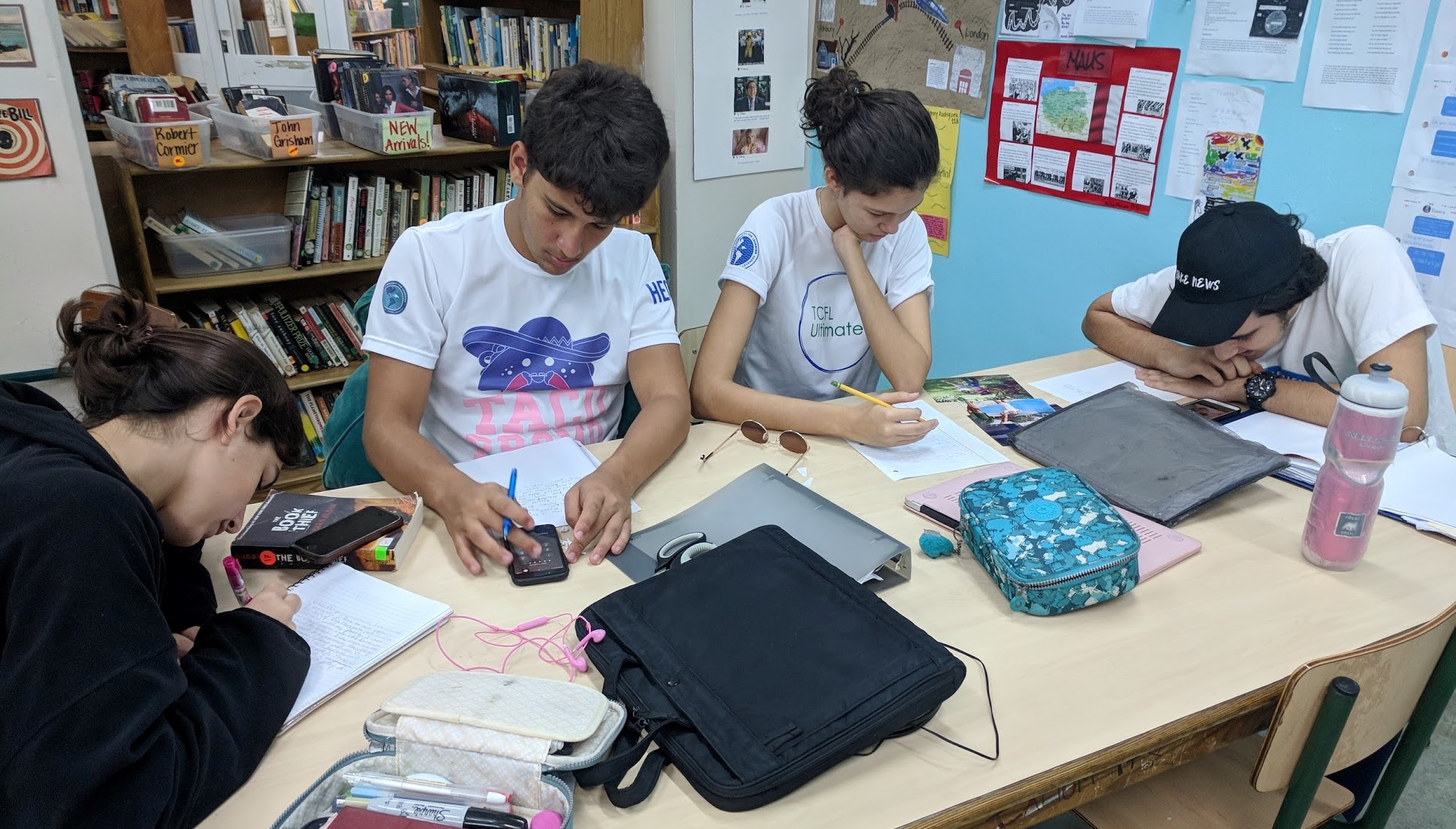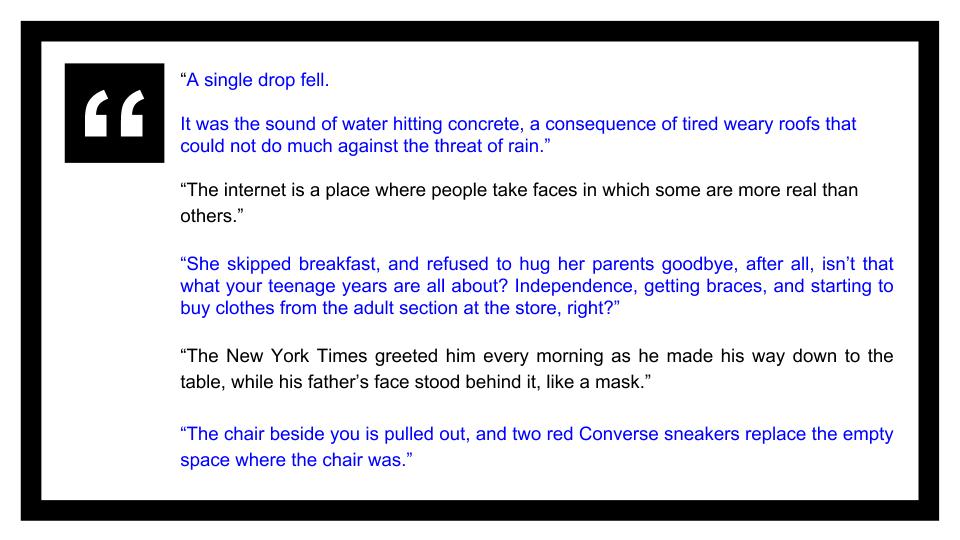Using Student Work as Mentor Texts
 Every time we make a change in the classroom, there are unexpected repercussions. Some positive, some more challenging. When I decided to flip my feedback and turn it into guided self-assessment, all kinds of wonderful things happened: students took their writing more seriously, they did much more in-depth revisions, and even my weakest writers began to feel capable. But… (isn’t there always a “but”?) I ran out of time for students to share their work. This wasn’t acceptable to me. When students share and see each other’s work as possible mentor texts, they often learn more from each other than they do from my lessons. I needed to find a way to reintegrate share time.
Every time we make a change in the classroom, there are unexpected repercussions. Some positive, some more challenging. When I decided to flip my feedback and turn it into guided self-assessment, all kinds of wonderful things happened: students took their writing more seriously, they did much more in-depth revisions, and even my weakest writers began to feel capable. But… (isn’t there always a “but”?) I ran out of time for students to share their work. This wasn’t acceptable to me. When students share and see each other’s work as possible mentor texts, they often learn more from each other than they do from my lessons. I needed to find a way to reintegrate share time.
Ideas I came up with:
- Asking students to sit in groups and share with each other while I held conferences with individual students.
- Pro – it allowed them to learn from each other.
- Con – the shyer students tended not to share, so they didn’t get the positive feedback from their peers that would help them gain confidence.
- During a conference, asking a student if I could share a particularly well-written sentence or paragraph.
- Pro – students were exposed to a wider range of examples.
- Con – it was intrusive. When students were immersed in their work, my voice ringing out with, “Hey everyone, listen up! We’d like to share a beautiful simile with you…” was annoying to students who didn’t want to be interrupted.
- Incorporating student work into mini-lessons.
- Pro – when I used students’ work for a lesson they felt so proud!
- Con – it was hard to make sure I honored every student.
The winning solution: A mini-lesson in which sentences from the whole class became mentor texts.
I put all of the sentences I wanted to highlight on slides and then animated them so that the sentences were displayed one-by-one. We studied these the same way we would look at mentor texts. I asked students to look at the sentences and tell me why they felt I had shared them. What made them strong? What writer’s craft was the author using?
Students reactions to this lesson ranged from shy, quiet smiles to fist pumps along with “Woo hoo, that’s mine! Look at that!” They were all incredibly proud of their work. At the end of the lesson they were high fiving each other and saying, “Wow! We’re great writers. All of us!”
And that was amazing.
Sharing their work as mentor texts and integrating them into a mini-lesson about good writing opened my students to possibilities. When they saw the strength of each other’s writing, they realized that it’s not just famous authors who write well. They can too.
So yes, I faced a challenge… but I’m so glad I did. The solution to the problem was probably better than any share I’d ever done before, and it will remain an important strategy in my teaching toolbox. That doesn’t mean I’ll throw out my other sharing strategies — I’ll just keep adding to the possibilities.
If you have different strategies for sharing student work, I’d love to hear about them. Let’s keep growing our toolboxes together.


Leave a comment